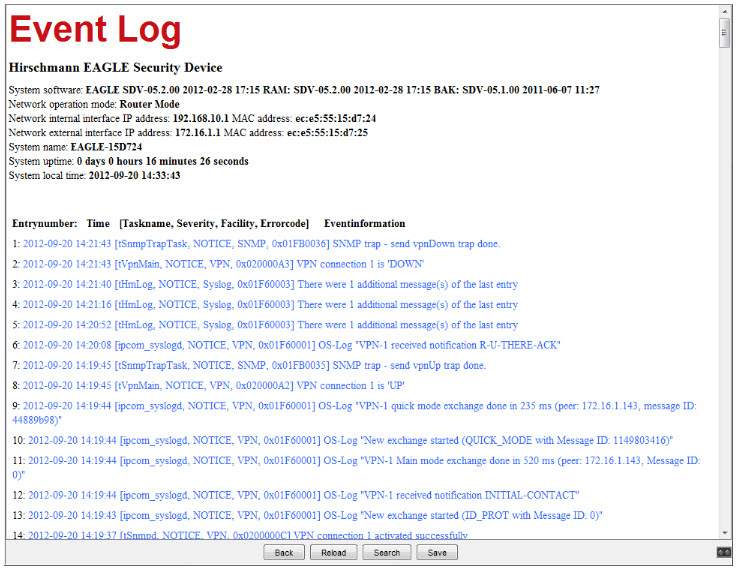This lesson describes how to configure a VPN using Hirschmann EAGLE20 and the LANCOM Advanced VPN Client.
Used software versions:
EAGLE20 firmware v5.2.00
Lancom Advanced VPN Client v2.30 Build 146
Network Plan
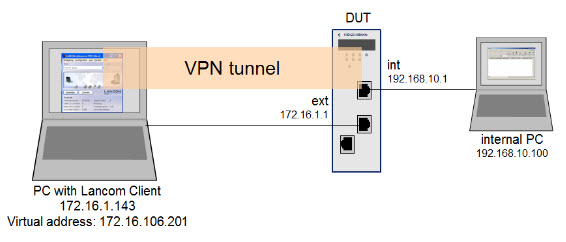
Install and start LANCOM Advanced VPN Client
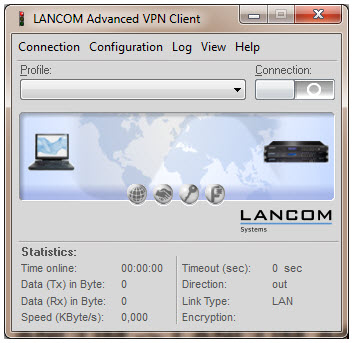
The LANCOM Client with a 30 day evaluation period can be downloaded from http://www.lancom-systems.de
After installation start the LANCOM VPN Client.
Import Certificates

Copy the PEM export of the CA (in our example L3CA.pem) and the PKCS#12 export of the LANCOM Client certificate (in our example LANCOM_client.p12) in the CaCerts directory:
C:\Program Files (x86)\LANCOM\Advanced VPN Client\CaCerts
Note: The file extension of the CA export must be .pem otherwise the LANCOM Client will not find the CA.
CA Certificates
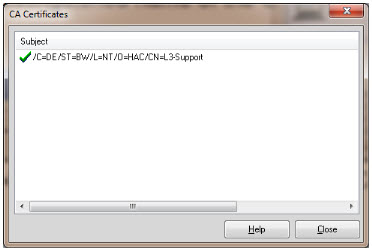
To verify if the LANCOM Client could load the CA, select Connection -> Certificates -> Display CA Certificates from the menu.
The distinguished name of the CA should be displayed, marked with a green checkmark.
Click Close.
Certificates Configuration

Select Configuration -> Certificates from the menu.
Certificate Selection

Highlight the Standard certificate configuration and click Edit.
Set the PKCS#12 Filename in our example C:\Program Files (x86)\LANCOM\Advanced VPN Client\CaCerts\LANCOM_Client.p12.
Click OK.
Close the Certificates configuration window.
Creating a new profile
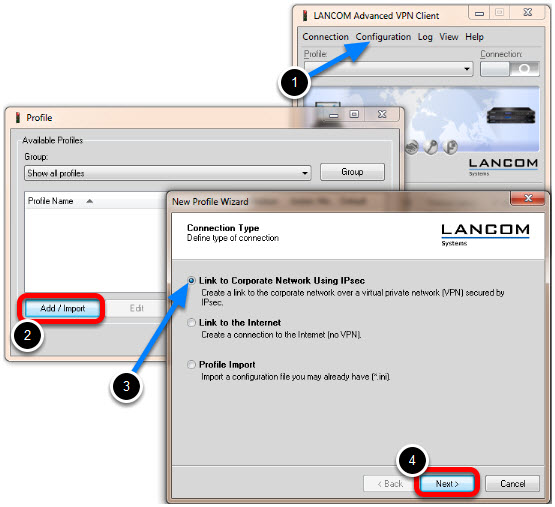
1. Select from the menu Configuration -> Profiles
2. Click Add / Import to create a new profile
3. Select Link to Corporate Network Using IPsec
4. Click Next
Profile Name
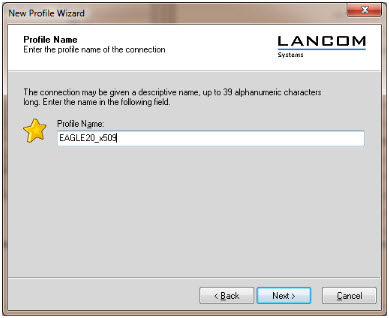
Enter a Profile Name
Click Next
Communication Medium
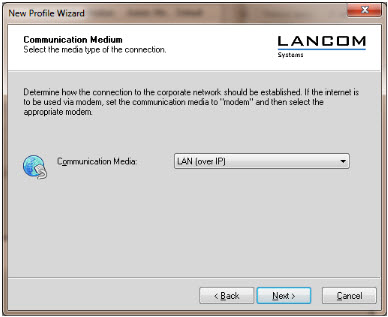
Select LAN (over IP) as communication media
Click Next
VPN Gateway Parameters

Enter the Gateway to which the connection should be established. Could be an IP address or DynDNS name.
IPsec Configuration
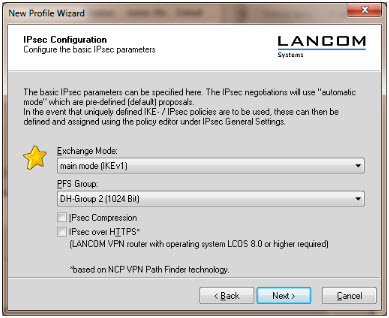
Set the Exchange Mode to main mode (IKEv1)
Set PFS Group to DH-Group 2 (1024 Bit)
Click Next
Local Identity (IKE)
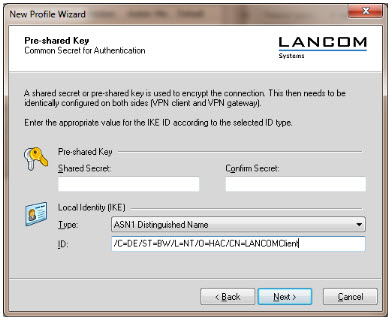
Delete the pre-shared keys
Set the Type to ASN1 Distinguished Name
Using the test certificates, copy the DN /C=DE/ST=BW/L=NT/O=HAC/CN=LANCOMClient in the ID field
Click Next
IPsec Configuration - IP Addresses

Set the IP Address Assignment to Manual IP Address.
IPsec Configuration - Split Tunneling

Define the remote IP network to be reached through the IPsec tunnel.
In our example 192.168.10.0/24.
Click Finish.
Profile Window
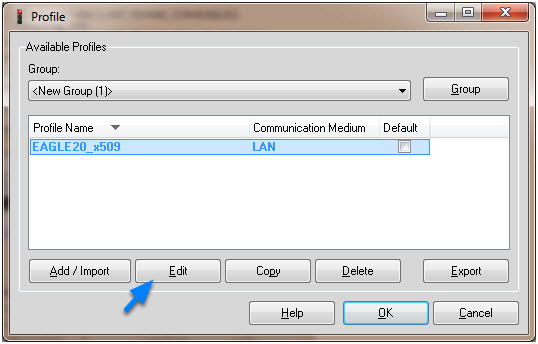
The new profile is created and displayed in the Profile window
Highlight the profile and click Edit.
Profile Settings
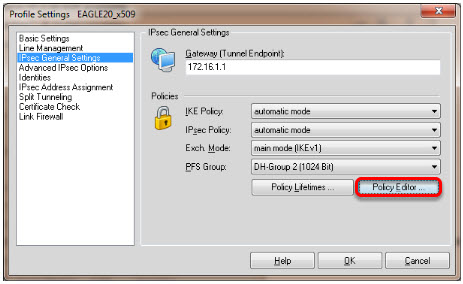
Highlight IPsec General Settings in the left pane.
Click Policy Editor
IKE Policy Settings
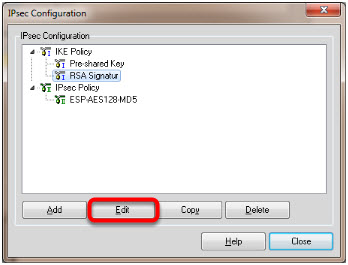
Highlight RSA Signature in the IKE Policy
Click Edit
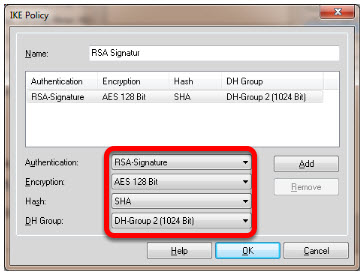
Set Encryption to AES 128 Bit.
Set Hash to SHA.
Set DH Group to DH-Group 2 (1024 Bit)
Note: The specified encryption and hash algorithms must correspond to the settings in the EAGLE
IPsec Policy Settings
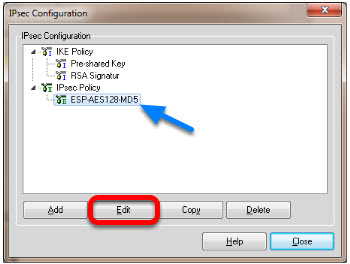
Highlight the entry ESP-AES128-MD5 in the IPsec Policy tree.
Click Edit.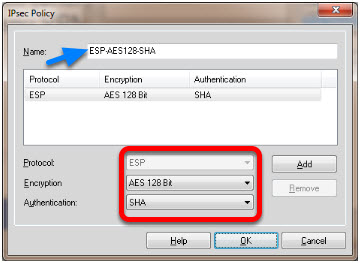
Change the Name to ESP-AES128-SHA.
Set Encryption to AES-128 Bit.
Set Authentication to SHA.
Click OK.
Close the IPsec Configuration window.
Select IKE and IPsec Policy

Set the IKE Policy to RSA Signature
Set the IPsec Policy to ESP-AES 128-SHA
Policy Lifetimes
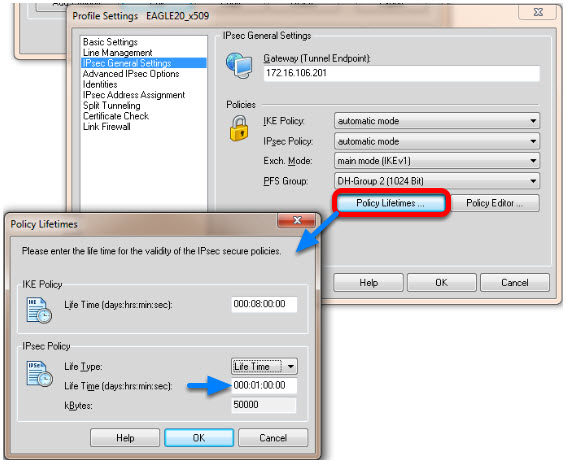
Click the button Policy Lifetimes.
Change the IPsec Policy Life Time to 1 hour.
Click OK.
Profile Settings - Identities

Navigate to Identities.
Select Standard certificate configuration.
Click OK.
Click Ok to close the Profile Window.
LANCOM Client configured

The LANCOM Client configuration is finished
EAGLE20 Configuration
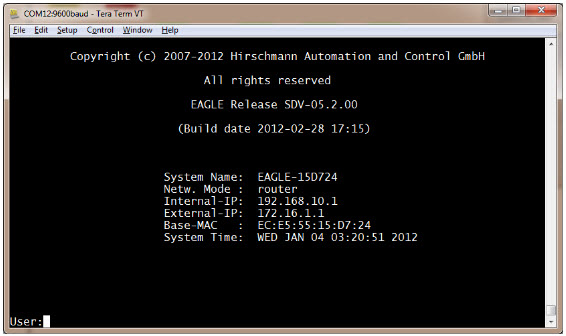
1. Switch the EAGLE20 into router mode
2. Set IP addresses of internal and external interface accordingly.
In our example: Internal Interface 192.168.10.1/24; External Interface: 172.16.1.1/24
Starting from a default configuration the CLI commands to configure the device via serial connection are:
(Hirschmann Eagle) #network mode router
(Hirschmann Eagle) #network router param int ip-address 192.168.10.1
(Hirschmann Eagle) #network router param ext ip-address 172.16.1.1
3. Login to the webinterface of the EAGLE20 from the internal network (192.168.10.0/24)
VPN Configuration Web Interface
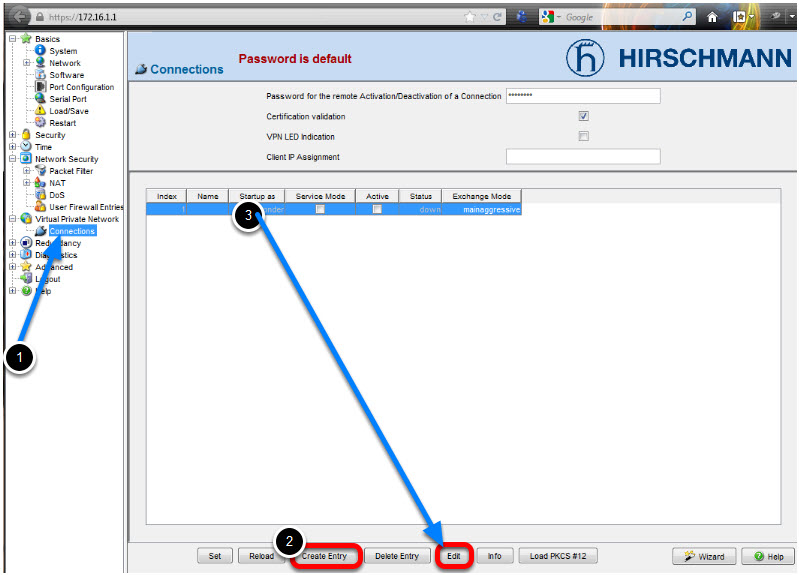
1. Navigate in the web interface tree to Virtual Private Network -> Connections.
2. Create a new Entry.
3. Highlight the new entry and click Edit
VPN - Basic Settings
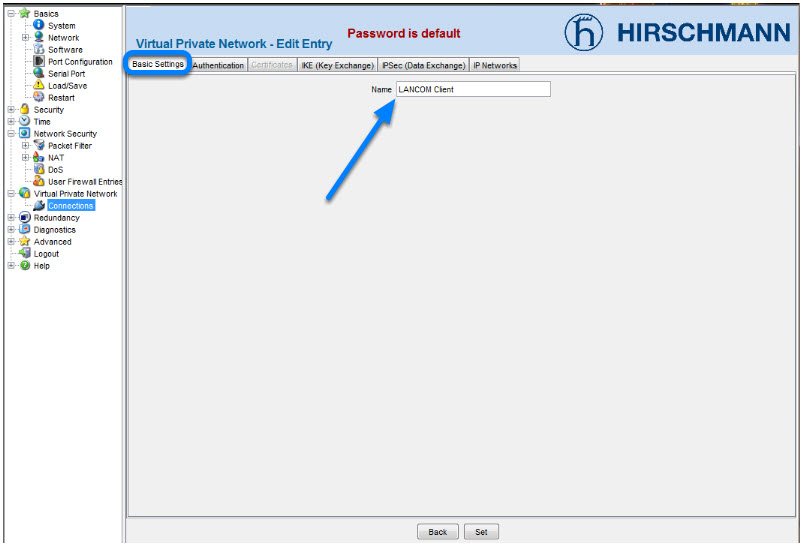
Name the VPN connection.
Change to next tab Authentication.
VPN - Authentication - Import Certificate
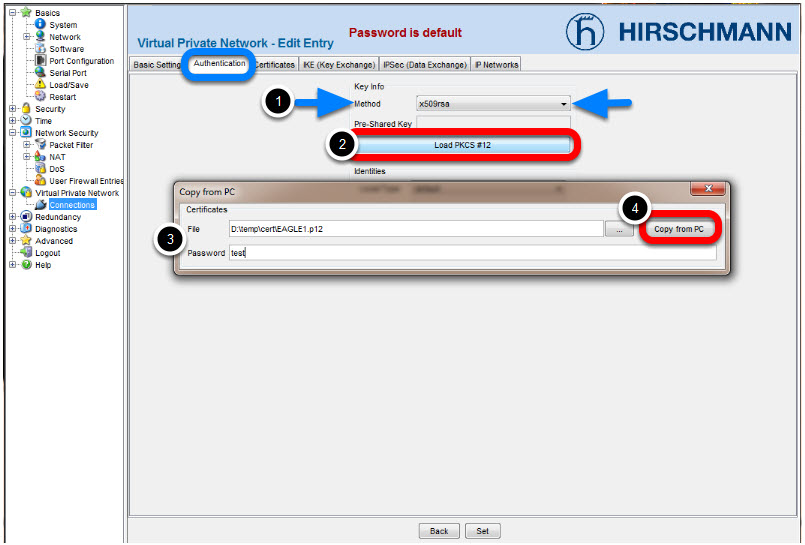
3. Specify location of the AFF certificate and password. The password of the test certificates is 'test'.
4. Click Copy from PC
Identities
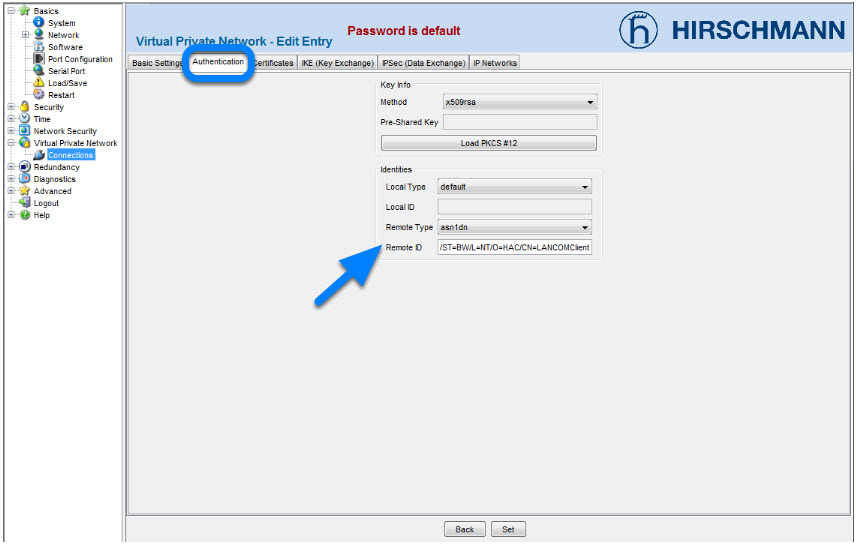
Change the Remote Type to asn1dn.
Copy the distinguished name of the LANCOM Client certificatein the field Remote ID.
In our example /C=DE/ST=BW/L=NT/O=HAC/CN=LANCOMClient
Change to the next tab Certificates.
VPN - Certificates

After successfully imported the certificate in the previous step you'll get the content of the PKCS#12 file displayed here.
Change to the next tab IKE (Key Exchange)
VPN - IKE (Key Exchange)
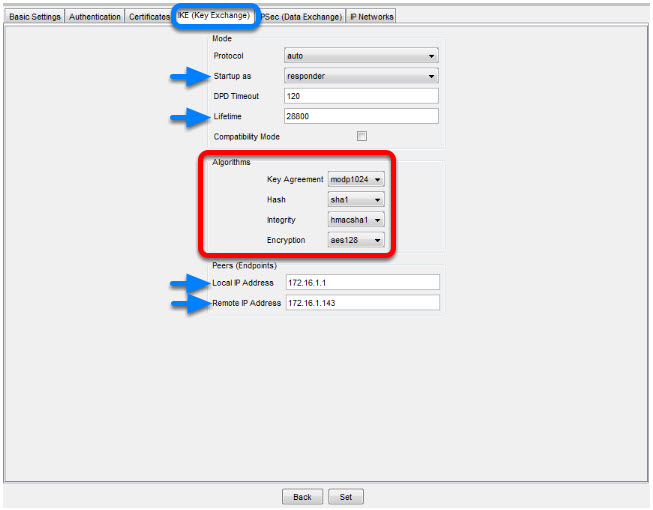
1. Set Startup as to responder.
2. The Lifetime should correspond to the LANCOM Client settings (8 hours) but is entered here in seconds.
3. Set the encryption algorithms accordingly in our example:
Key Agreement: modp1024
Hash: sha1
Integrity: hmacsha1
Encryption: aes128
4. Set the Local IP Address to 172.16.1.1
5. Set the Remote IP Address to 172.16.1.143
Change to the next tab IPsec (Data Exchange)
VPN - IPsec (Data Exchange)
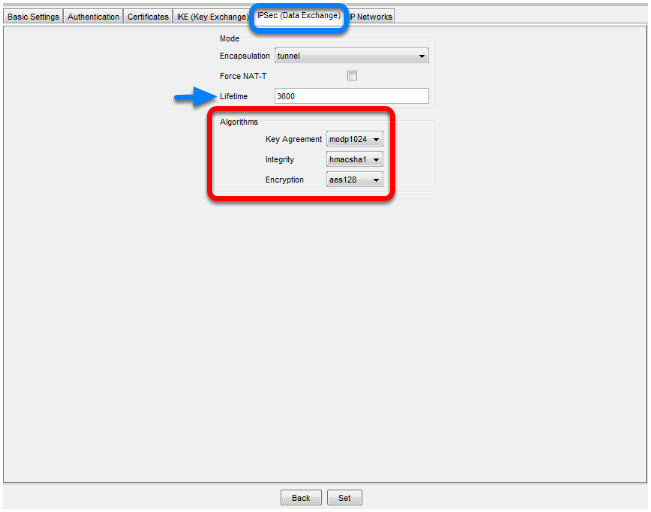
The Lifetime in seconds should correspond with the settings of the LANCOM Client (1 hour)
Set the encryption algorithms accordingly.
In our example:
Key Agreement: modp1024
Integrity: hmacsha1
Encryption: aes128
Change to the next tab IP Networks
VPN - IP Networks
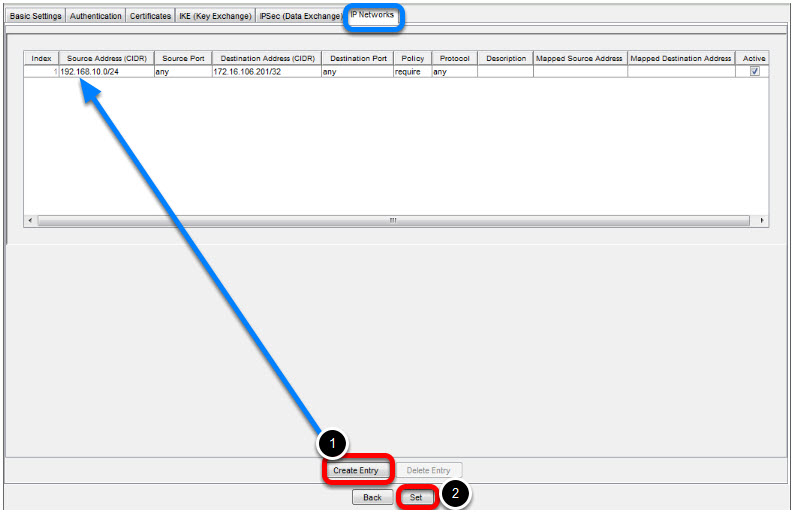
1. Create a new Entry
Enter the following values:
Source Address: 192.168.10.0/24 (internal network EAGLE20)
Destination Address: 172.16.106.201/32 (virtual Address of LANCOM Client)
Policy: require (traffic is not routed if tunnel is down)
2. Click Set to write the changes on all tabs in the device
Click Back
Activate VPN Connection
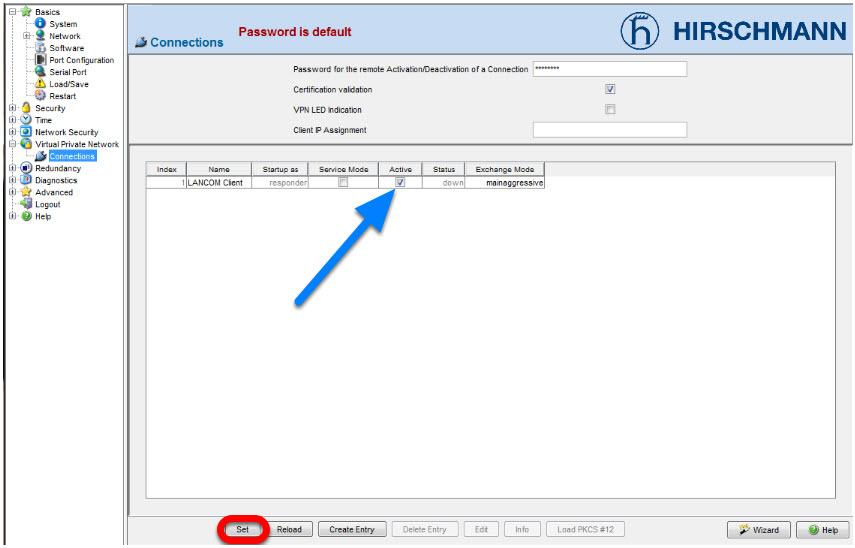
Activate the created VPN connection.
Click Set
Initialize Tunnel Setup
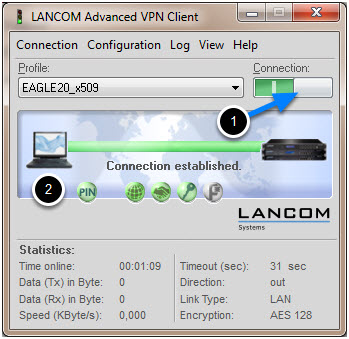
1. Move the Connection slide to the right to initialize the tunnel setup.
You will get prompted to enter the certificate's pin. In our example 'test'
2. The connection should be established successfully.
LANCOM Advanced VPN Client - Log
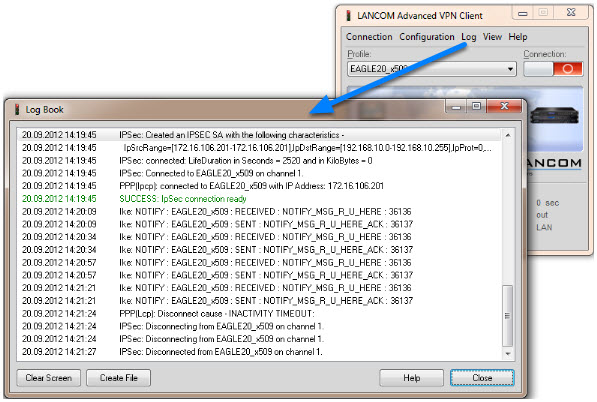
Select Log -> Logbook
EAGLE20 - Logfile

In the EAGLE20 web interface navigate to Diagnostics -> Events -> Event Log.
Make sure that all events or at least the category IPsec and VPN VPN is checked, then click Show Events


